As we slowly work our way
through
we have finally reached the Plants chapter!
After reading about what makes
a flower a flower...
...I read the kiddos THIS
Magic School Bus book
to further explore the parts of the flower.
Then...
...using a real life tulip as our model...
...I helped the kiddos create their own
paper models of a flower.
(I got this idea from an activity
I did with a group of 5th graders
during my public school teaching days...)
(This is the model I had made
and stored away in my filing cabinet...)
After some cutting and gluing...
...and pasting and coloring,
the kiddos had their models put together.
Jungle Girl's model was more intricately labeled,
like my model...
...but the younger kiddos
only had to label the main parts of the flower.
**********************************************
Later in the week,
I brought home a pretty bouquet...
...of white daisies.
We used them to learn about
the way plants drink,
otherwise known as capillary action.
(You can read the science particulars of this
experiment over on Steve Spangler's website...)
Now, I know this experiment can be done with carnations,
but I really love daisies,
so that's why I decided to give it a go with this lovely flower.
Also,
an EXTREMELY helpful hint to making this experiment
a success is to use LOTS of food coloring-
please see Almost Unschoolers
notes.
And one more helpful hint:
Use Solo plastic cups with lids!
These handy dandy devices kept our flowers in tact
and the color stained water from spilling.
After measuring...
...and mixing...
...we placed our flowers on the mantel
and waited.
After an hour, we saw results,
and after 24 hours...
and after 24 hours...
...we saw some colorful results!
Here is a comparison of
the blue and red colored daisies,
one hour after being in the water to
24 hours after being in the water:
The colors that did the best
were the primary colors.
Purple was pretty,
though not too colorful,
since the purple separated into a blue and pink.
Green,
well...
...it preformed the worst.
You can see one spot where the green
on a petal,
and the center has some green around it,
but that was about it.
I am thinking an entire bottle of food coloring
would be required to make the flower
turn green.
Overall,
I think this experiment turned out...
...beautifully!
****************************************
Linking up
with




























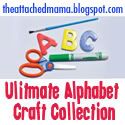


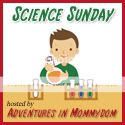

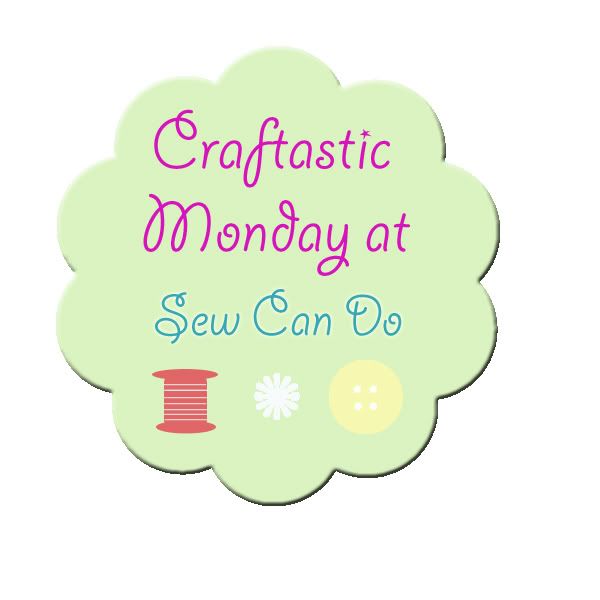
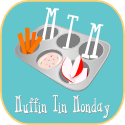





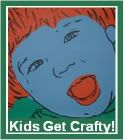

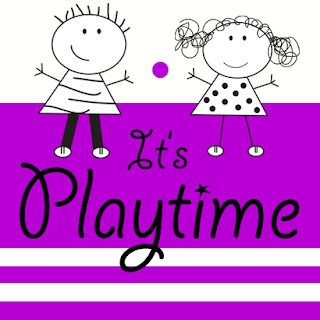







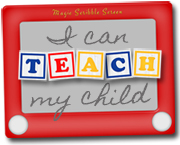





No comments:
Post a Comment